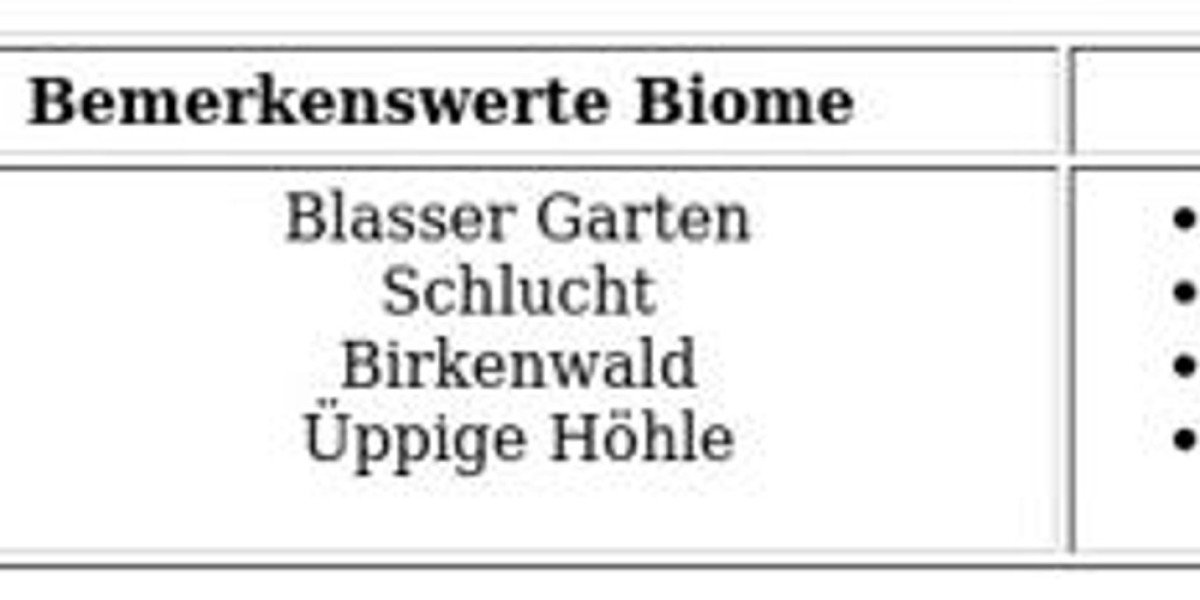A small, well maintained Socket Box can make the difference between routine service and an emergency call during busy public programs. As event calendars fill up and urban spaces host more pop up activities, managers and technicians face pressure to keep power points reliable and safe. Recent storms and heightened attention to public safety have pushed teams to rethink how simple enclosures are placed, inspected, and cared for so that systems remain dependable when they are needed most.
Start with placement. Locating an enclosure where it does not sit in puddles or under drip lines reduces exposure to moisture and cuts the chance of corrosion. Think about human movement too. Avoid mounting near heavy gates or equipment paths where knocks and vibrations accelerate wear. A considered position also keeps leads tidy and minimizes tripping hazards that sour visitor experience and raise liability concerns.
Sealing and cable entry deserve special attention. A tight gasket and correctly sized glands stop water and dust from creeping inside and attacking contact surfaces. When covers are opened for service, ensure seals compress evenly and that spare gaskets are available. Using strain relief at cable entries prevents tension from pulling on terminals during busy load changes or when temporary setups move between locations.
Routine inspection is a practical habit that pays off. A short visual check before each event can spot loose fasteners, misaligned covers and early signs of browning or residue. Marking a simple checklist and keeping it with the equipment helps handovers between shifts and makes sure small problems are fixed before they cause a fault. Encourage staff to report anything unusual right away so repairs remain planned rather than urgent.
Labeling matters for rapid isolation. Clear marks on the front panel and a simple schematic inside the cover cut the time needed to identify which feed to isolate during a fault. That clarity helps non technical crew members perform basic shut down steps safely while technicians prepare a controlled response. When every minute counts during an event, simple visual cues reduce confusion and speed recovery.
Training is essential but does not need to be elaborate. Short, focused sessions for crew and volunteers about how to open covers, where spare parts live and when to call specialists reduce risky improvisation. Show basic safety rules such as never working on live terminals and always confirming isolation before touching components. These practices reduce exposure and help preserve equipment life.
Maintenance planning should include spare parts and fast fixes. Keep a small kit with extra seals screws and common caps so simple swaps are quick in the field. Choosing a unit whose covers and inserts are easy to remove transforms a disruptive repair into a brief replacement task. That responsiveness reduces downtime and keeps programming on schedule.
Material choice affects upkeep frequency. Where humidity or salty air is common, prefer housings and finishes that resist corrosion and simplify cleaning. For mobile setups, lightweight shells make handling easier for crews moving equipment between sites. Match the enclosure to how often it will be moved and to likely exposure so maintenance stays predictable.
Documenting service matters for long term resilience. A simple log of inspections and repairs, plus photos of common wear patterns, helps teams spot trends and plan replacements before failures occur. When procurement and maintenance share records, decisions about spare inventory and upgrades become evidence based rather than reactive.
Finally, coordinate enclosure planning with broader site design. Early collaboration between event planners, landscape teams and electrical staff avoids awkward placements that force cables into visible routes or expose equipment to lawn mowers and foot traffic. When layout and access are considered together, the result is a safer setting and fewer emergency interventions.
If you want supplier guidance on enclosure types, mounting choices and routine upkeep notes, consult the manufacturer resource for practical product details. For product notes and application guidance visit www.nante.com . The site offers materials that help teams align selection and maintenance with operational realities and safety goals.








